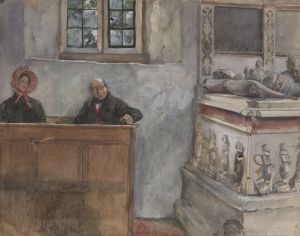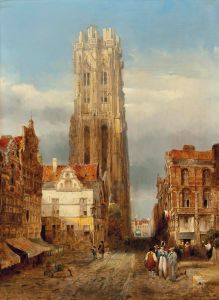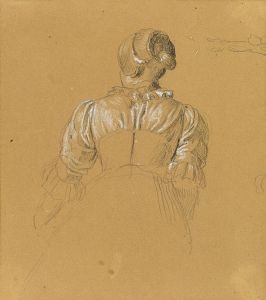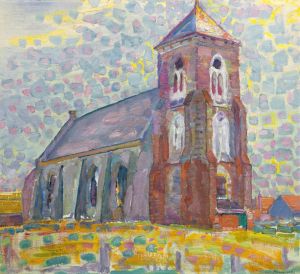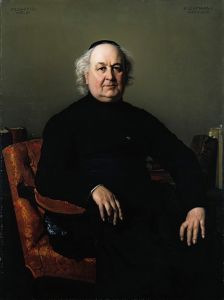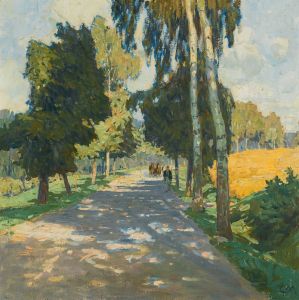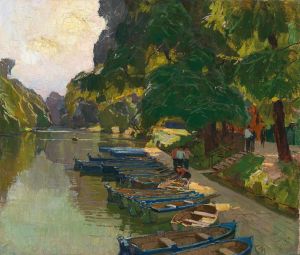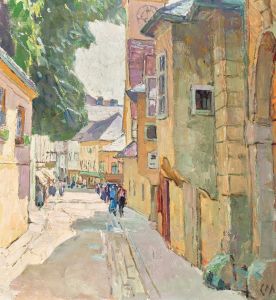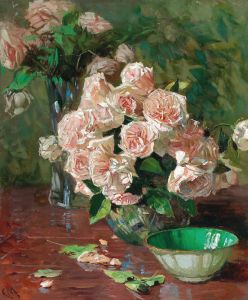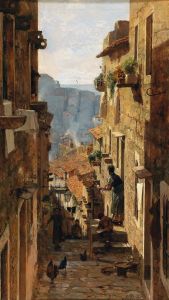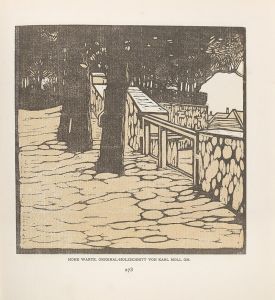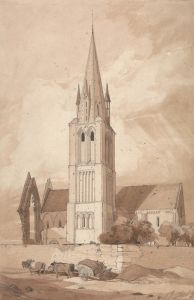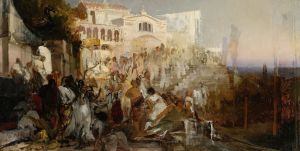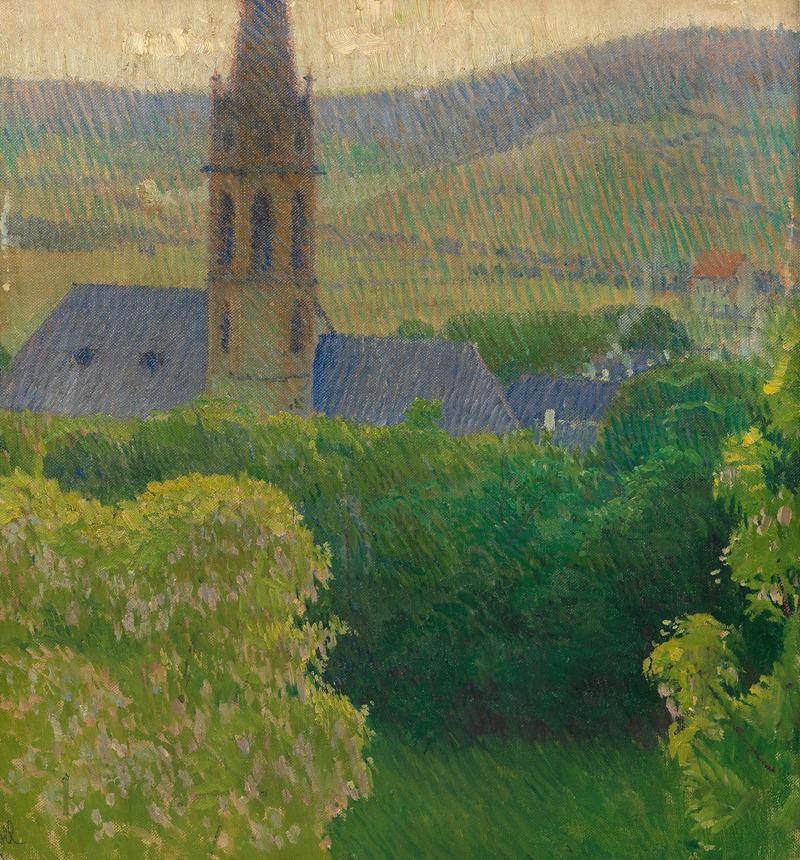
Blick auf die Heiligenstädter Pfarrkirche
A hand-painted replica of Carl Moll’s masterpiece Blick auf die Heiligenstädter Pfarrkirche, meticulously crafted by professional artists to capture the true essence of the original. Each piece is created with museum-quality canvas and rare mineral pigments, carefully painted by experienced artists with delicate brushstrokes and rich, layered colors to perfectly recreate the texture of the original artwork. Unlike machine-printed reproductions, this hand-painted version brings the painting to life, infused with the artist’s emotions and skill in every stroke. Whether for personal collection or home decoration, it instantly elevates the artistic atmosphere of any space.
"Blick auf die Heiligenstädter Pfarrkirche" (View of the Heiligenstadt Parish Church) is a notable painting by the Austrian artist Carl Moll. Created in 1905, this work exemplifies Moll's distinctive style and his contributions to the Vienna Secession movement, an art movement that sought to break away from the traditional academic art of the time.
Carl Moll (1861-1945) was a prominent figure in the Austrian art scene and one of the founding members of the Vienna Secession in 1897. The Secessionists aimed to create a new style that was more in tune with modern sensibilities, emphasizing artistic freedom and innovation. Moll's work often reflects these principles, characterized by a keen attention to detail, a harmonious use of color, and a focus on capturing the essence of his subjects.
"Blick auf die Heiligenstädter Pfarrkirche" depicts the Heiligenstadt Parish Church, a historic church located in the Heiligenstadt district of Vienna. The church itself has a rich history, dating back to the 12th century, and has been a significant landmark in the area. Moll's painting captures the church from a vantage point that highlights its architectural beauty and its integration into the surrounding landscape.
The composition of the painting is carefully structured, with the church positioned slightly off-center, drawing the viewer's eye towards it while also allowing the surrounding environment to play a significant role in the overall scene. Moll's use of light and shadow adds depth and dimension to the painting, creating a sense of realism and tranquility. The colors are muted yet vibrant, reflecting the natural hues of the landscape and the weathered stone of the church.
Moll's technique in this painting demonstrates his skill in blending elements of realism with a more impressionistic approach. The brushwork is precise yet fluid, capturing the textures of the church's stonework and the foliage around it. This combination of techniques results in a work that is both detailed and evocative, inviting viewers to appreciate the beauty of the scene and the artist's interpretation of it.
"Blick auf die Heiligenstädter Pfarrkirche" is not only a testament to Carl Moll's artistic talent but also a reflection of the cultural and historical significance of the Heiligenstadt Parish Church. The painting serves as a visual document of a specific moment in time, preserving the appearance of the church and its surroundings as they were in the early 20th century.
Today, Carl Moll's works, including "Blick auf die Heiligenstädter Pfarrkirche," are celebrated for their contribution to Austrian art and the broader context of European modernism. His paintings are held in various collections and continue to be studied and admired for their artistic merit and historical value.





